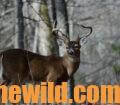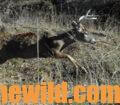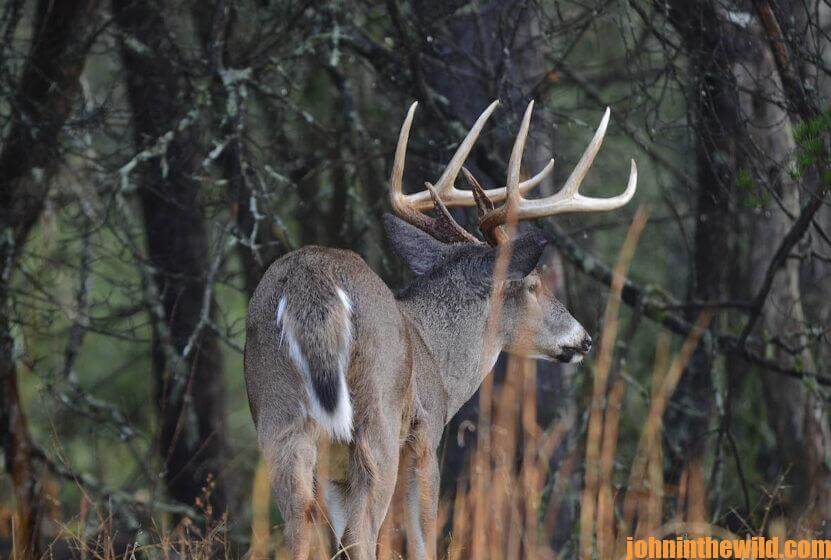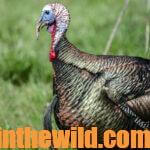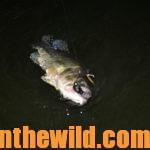Editor’s Note: You can’t bag a buck if you don’t see the animal. The key to seeing more bucks on every hunt is knowing how to choose the most-productive stand sites. Many hunters choose their stand sites using too little information. This week we’ll learn how to identify stands for next year’s deer season, or, if deer season where you hunt hasn’t ended, we’ll tell about stands you can select between now and February 10th, the end date for many deer seasons around the U.S.
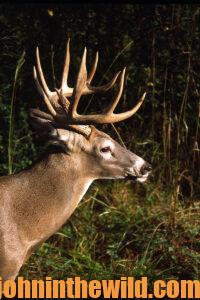 The most-obvious green field stand site is on or near a trail that comes from the woods to the green field. The best time to hunt this stand is late in the afternoon when the deer are coming to the green field to feed. Since many hunters know that information, most of them hunt there. The second-best stand site in a green field will be 50-100 yards down the trail that leads to the green field where you find some type of browse the deer can feed on before they enter the green field. Usually, many green field hunters already will have found this location. Instead, go past this point further down the trail to where you find two or three other trails intersecting the main trail leading to the green field. All the deer that use a particular trail to enter a green field don’t stay
The most-obvious green field stand site is on or near a trail that comes from the woods to the green field. The best time to hunt this stand is late in the afternoon when the deer are coming to the green field to feed. Since many hunters know that information, most of them hunt there. The second-best stand site in a green field will be 50-100 yards down the trail that leads to the green field where you find some type of browse the deer can feed on before they enter the green field. Usually, many green field hunters already will have found this location. Instead, go past this point further down the trail to where you find two or three other trails intersecting the main trail leading to the green field. All the deer that use a particular trail to enter a green field don’t stay 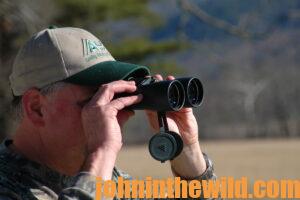 on that trail all the time. They generally come from other trails and other regions to reach that main trail entering the green field. More-experienced deer hunters will look for those trail heads – often 200-400 yards away from the green field – where several trails come together on the main trail leading to the green field. Near that intersection of trails is where I prefer to place my tree stand. I want to go to that stand site in the middle of the day.
on that trail all the time. They generally come from other trails and other regions to reach that main trail entering the green field. More-experienced deer hunters will look for those trail heads – often 200-400 yards away from the green field – where several trails come together on the main trail leading to the green field. Near that intersection of trails is where I prefer to place my tree stand. I want to go to that stand site in the middle of the day.
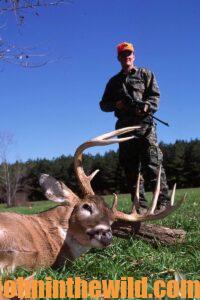 Most other hunters will take a stand about l: 30 or 2:00 pm after lunch on the edge of a green field or 100 yards down the main trail where the bucks stage before they enter the green field. If any bucks are in the green field in the middle of the day when these hunters go to their stands, more than likely they’ll spook those deer out of the field and down the trail where I’m sitting. By hunting well behind the other hunters who are taking stands on the edges of the green field or down the main trail leading to the green field, I make sure I see the bucks that may be coming to the green field before the other hunters do. Also, by being further away from the green field, the chances of seeing a buck in the woods before dark are much better than if I’m hunting closer to the green field.
Most other hunters will take a stand about l: 30 or 2:00 pm after lunch on the edge of a green field or 100 yards down the main trail where the bucks stage before they enter the green field. If any bucks are in the green field in the middle of the day when these hunters go to their stands, more than likely they’ll spook those deer out of the field and down the trail where I’m sitting. By hunting well behind the other hunters who are taking stands on the edges of the green field or down the main trail leading to the green field, I make sure I see the bucks that may be coming to the green field before the other hunters do. Also, by being further away from the green field, the chances of seeing a buck in the woods before dark are much better than if I’m hunting closer to the green field.
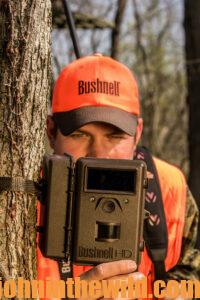 If you put your trail camera out to learn where deer stay, you’ll get pictures of some of the biggest bucks on the property – possibly bucks you’ve never seen previously. From this information, you reasonably can assume that you know these buck’s travel routes and the times they are most likely to appear along these travel routes.
If you put your trail camera out to learn where deer stay, you’ll get pictures of some of the biggest bucks on the property – possibly bucks you’ve never seen previously. From this information, you reasonably can assume that you know these buck’s travel routes and the times they are most likely to appear along these travel routes.
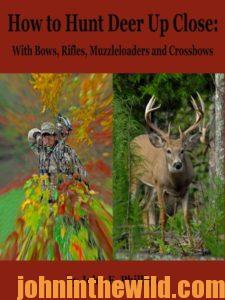 To learn more about hunting deer, check out John E. Phillips’ book, available in Kindle, print and Audible versions, “How to Hunt Deer Up Close: With Bows, Rifles, Muzzleloaders and Crossbows” (http://amzn.to/11dJRu8). You may have to copy and paste this link into your browser. (When you click on this book, notice on the left where Amazon says you can read 10% of the book for free, and you can listen to 10% for free). On the right side of the page and below the offer for a free Audible trial, you can click on Buy the Audible book. To learn even more about hunting for deer, check out John E. Phillips’ “Jim Crumley’s Secrets of Bowhunting Deer,” now available as of January 1, 2022, in Audible, as well as paperback and Kindle at https://www.amazon.com/.
To learn more about hunting deer, check out John E. Phillips’ book, available in Kindle, print and Audible versions, “How to Hunt Deer Up Close: With Bows, Rifles, Muzzleloaders and Crossbows” (http://amzn.to/11dJRu8). You may have to copy and paste this link into your browser. (When you click on this book, notice on the left where Amazon says you can read 10% of the book for free, and you can listen to 10% for free). On the right side of the page and below the offer for a free Audible trial, you can click on Buy the Audible book. To learn even more about hunting for deer, check out John E. Phillips’ “Jim Crumley’s Secrets of Bowhunting Deer,” now available as of January 1, 2022, in Audible, as well as paperback and Kindle at https://www.amazon.com/.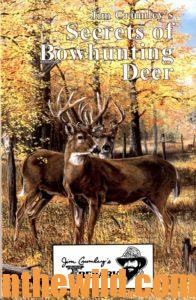
On the right side of the page and below the offer for a free Audible trial, you can click on Buy the Audible book. Also John and Denise Phillips’ new book in print December, 2021, “The Recipes You Can’t Live Without,” that’s full of delicious, time-tested recipes for cooking wild game and fish and also ideas for breakfasts at your hunting club is available at https://www.amazon.com/dp/B09MYTMSMH?ref_=pe_3052080_397514860.
Tomorrow: Deer Escape Trails

